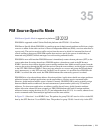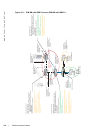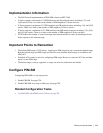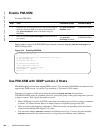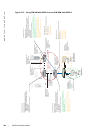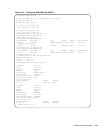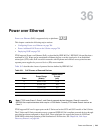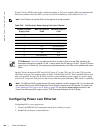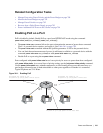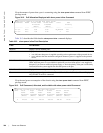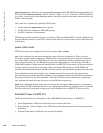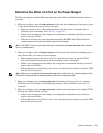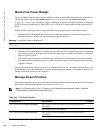
Power over Ethernet | 785
36
Power over Ethernet
Power over Ethernet (PoE) is supported only on platforms: c s
This chapter contains the following major sections:
• Configuring Power over Ethernet on page 786
• Power Additional PoE Ports on the S-Series on page 794
• Deploying VOIP on page 795
FTOS supports Power over Ethernet (PoE), as described by IEEE 802.3af . IEEE 802.3af specifies that a
maximum of 15.4 Watts can be transmitted to Ethernet devices over the signal pairs of an unshielded
twisted pair (UTP) cable. PoE is useful in networks with IP phones and wireless access points because
separate power supplies for powered devices (PD) are not needed.
Table 36-2 describes the classes of powered devices defined by IEEE 802.3af:
FTOS supports PoE on all copper ports on the C-Series and on the S25V and S50V models of the S-Series.
The C-Series and S-Series transmit power to connected IEEE 802.3af-compliant powered devices through
ports that have been configured to supply PoE. Those platforms also support the protocols LLDP and
LLDP-MED, which help optimize power distribution to PoE devices. See Chapter 46, Link Layer
Discovery Protocol, on page 861.
Table 36-1. PoE Classes of Powered Devices
Class
Power Range
(Watts)
Classification
Current
(mA)
0 0.44 to 12.95 < 5.0
1 0.44 to 3.84 10.5
2 3.84 to 6.49 18.5
3 6.49 to 12.95 28
4 Reserved 40
Note: FTOS treats Class 0, Class 3, and Class 4 powered devices the same. Class 4 is meant for
IEEE802.3at compliant devices which require >12.95 Watts. Currently FTOS treats Class 4 devices as
Class 3.



